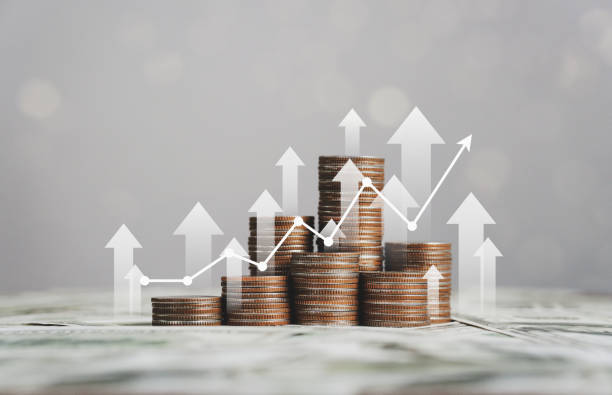One of the most essential lessons the COVID-19 pandemic taught us was the importance of emergency funds. Many of us know we should keep an emergency stash for an unanticipated crisis, but how many were ready when the world stopped in early 2020?
I imagine many households were jolted by COVID-19, even if they avoided its economic implications. Especially for those without backup and still recovering from this financial disaster.
This cost can be calculated from lost income to savings or investments given up for living expenses. Emergency funds could have prevented or mitigated the setbacks.
Great news: you can start saving for a rainy day at any time. Even a small nest egg might cushion an unexpected bill.
Simply starting is key. Here's a basic 5-step plan to get you started:
Step 1: Budget and track spending.
A sensible budget underpins any successful savings plan. Track your monthly groceries, school fees, electricity bills, and transportation spending. Many budgeting apps and tools simplify this chore. I recommend researching and testing to find one that meets your needs or creating a financial spreadsheet.
Understanding your monthly expenses will help you decide how much you can actually save for emergencies.
Step 2: Plan savings
After managing your costs, start a savings plan. Instead of saving three months' expenditures right immediately, adopt smaller, more manageable goals. Start by saving a week or month's costs. Reaching these smaller goals will motivate you to save and create greater ambitions.
Step 3: Select a savings account
Emergency fund account selection is critical. A savings or money market account unrelated to your bank cards is recommended. This makes the money available but not quickly, reducing unplanned spending. Set up a monthly debit order to automatically deposit funds into this account to simplify the process. The ‘out of sight, out of mind’ idea works well.
Step 4: Make small, frequent contributions.
If saving a lot seems onerous, start with small, regular payments. Even a monthly R500 or R1,000 savings might add up. Consistency matters. Regularly save, whether monthly or weekly. As you get used to this habit, you can save more.
Step 5: Follow your plan
Discipline is needed while using emergency funds for non-urgent expenses. Remind yourself that the fund is for unexpected expenses like unemployment, medical bills, and home or car repairs. Understanding its aim can help you avoid misusing the funds.
With a plan and progress tracking, building an emergency fund is easier. Stick to your plan—the rewards will be worth it.



